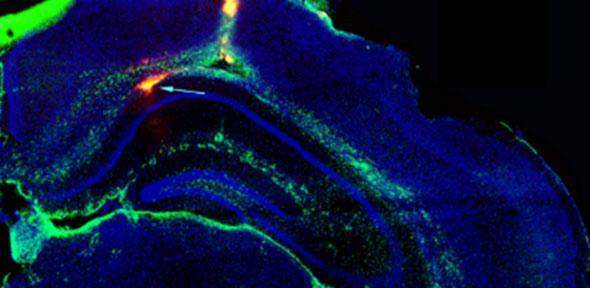
An epileptic seizure is a brief episode of indications or symptoms due to abnormally excessive or synchronous neuronal activity in the brain.
The researchers have implanted the device into the brains of mice, and when the first signals of a seizure have been detected, delivered a native brain chemical that blocked the seizure from advancing.
They are also planning to apply the results for other conditions such as brain tumours and Parkinson’s disease.
According to University of Cambridge, the work is said to represent another advance in the development of soft and flexible electronics that interface well with human tissue.
Cambridge’s Department of Engineering Prince Philip Professor of Technology professor George Malliaras said: “These thin, organic films do minimal damage in the brain, and their electrical properties are well-suited for these types of applications.
In majority of patients with epilepsy, neurons in the brain start burning and signal to neighbouring neurons to burn in a snowball effect, which can affect consciousness or motor control.
Anti-epileptic drugs are mostly used for the treatment of epilepsy, and these have serious side effects and will not cure seizures in three out of 10 patients.
Researchers used a neurotransmitter that served as the brake at the source of the seizure to provide signals to the neurons to stop firing and end the seizure.
A neural probe is used to deliver the drug to the affected region of the brain. The probe is integrated with tiny ion pump and electrodes to monitor neural activity.
The ion pump is activated when the neural signal of a seizure is detected by the electrodes, establishing an electric field that moves the drug across an ion exchange membrane and out of the device via electrophoresis.
Through turning the strength of the electric field, the amount of drug can be controlled.
In addition, researchers observed that seizures can be prevented with relatively small doses of drug, with less than 1% of the total amount of drug loaded into the device.
Malliaras is developing a new facility at Cambridge for prototyping of specialised devices, which can be used in a range of conditions.
The device, which was tested in an animal model of epilepsy, will also be used for the treatment of other neurological conditions such as brain tumours and Parkinson’s disease.


